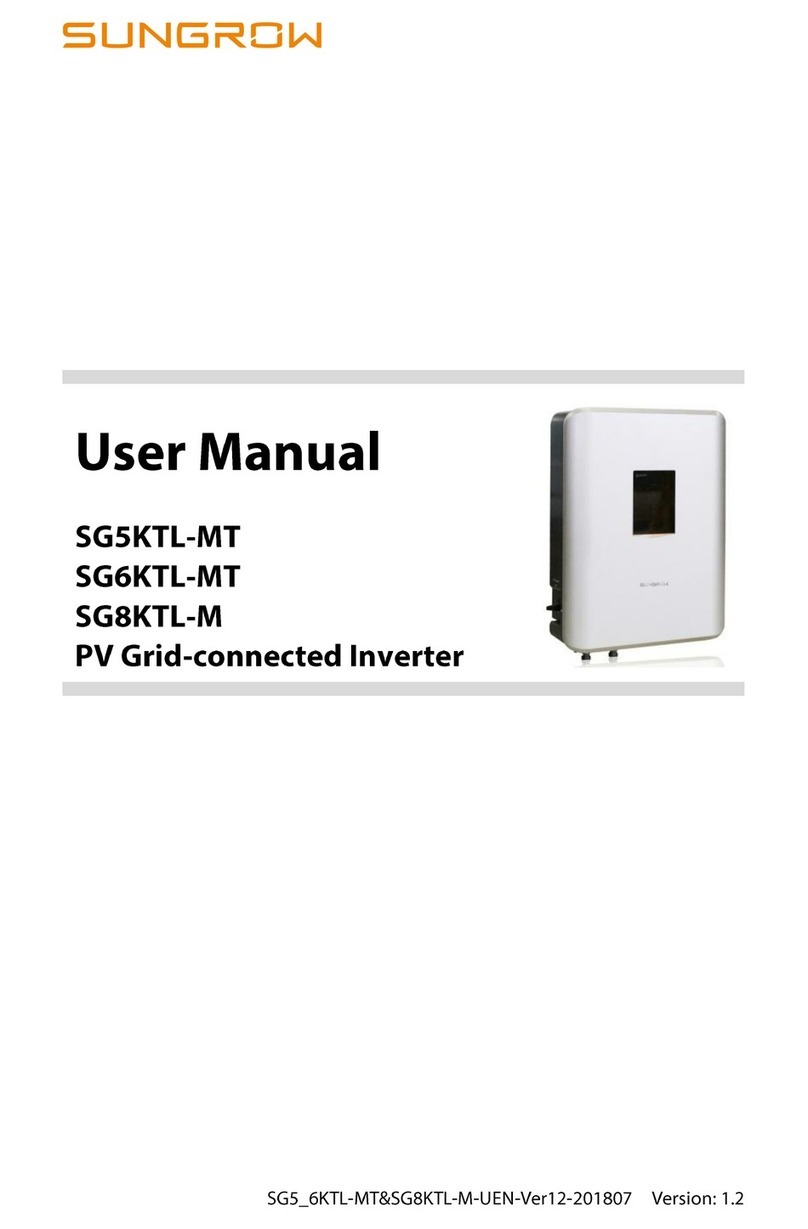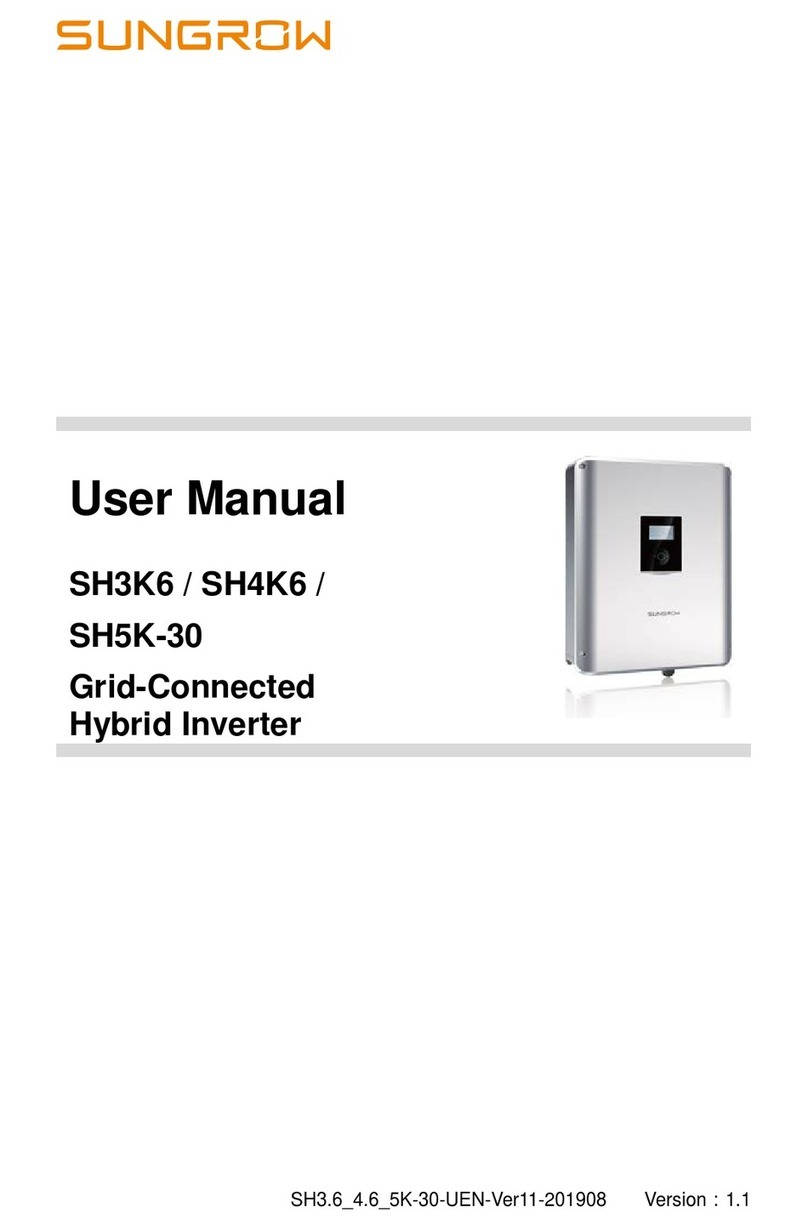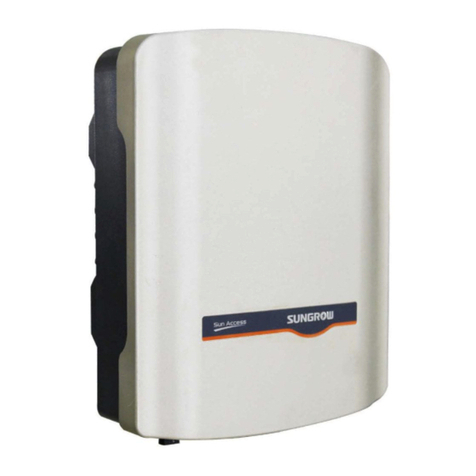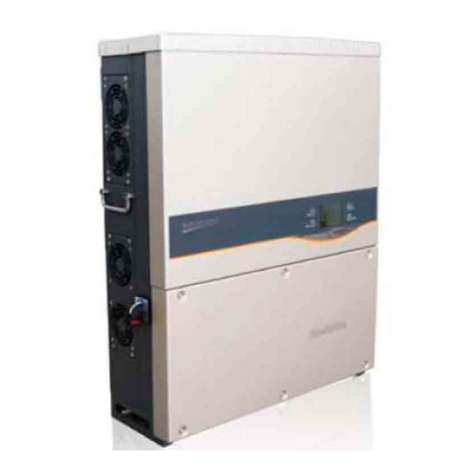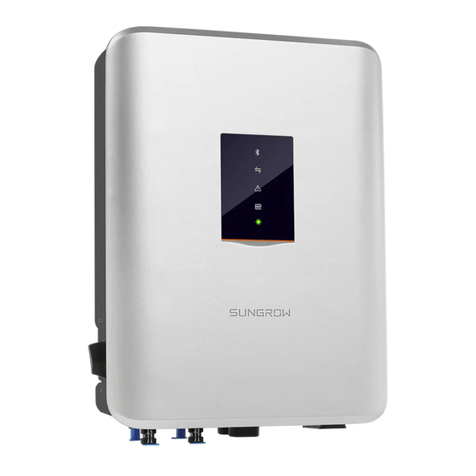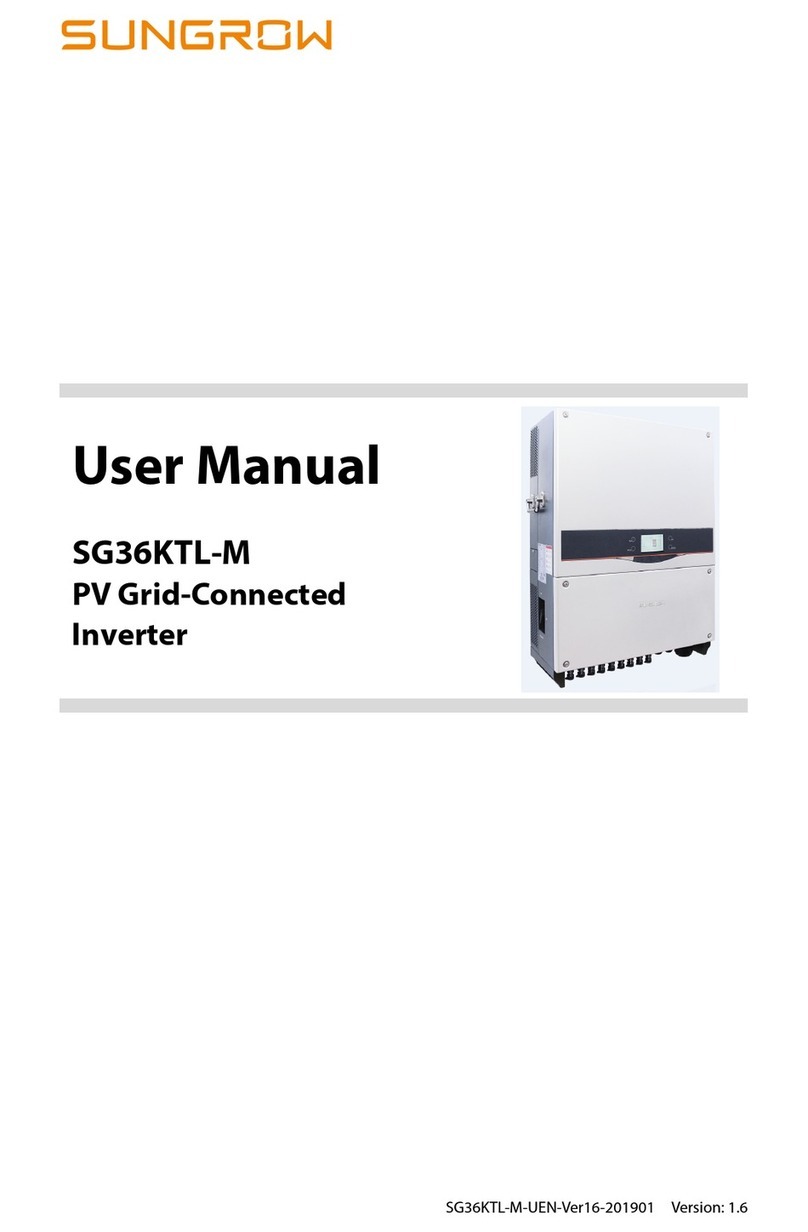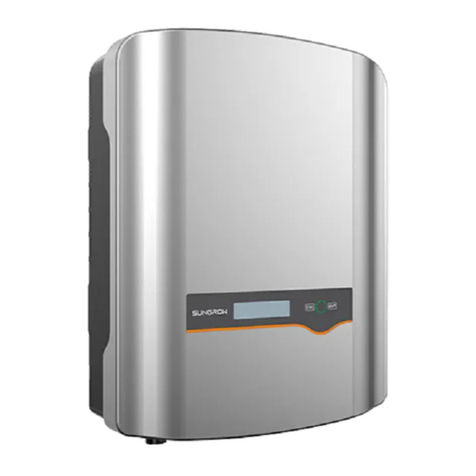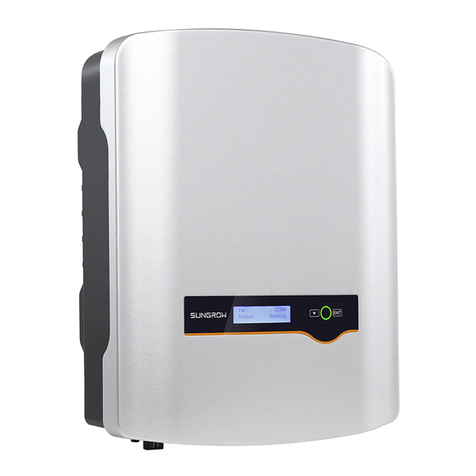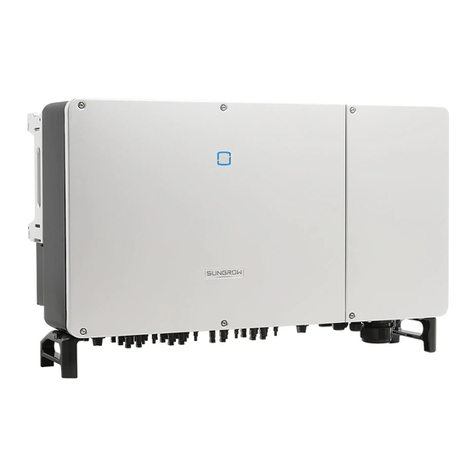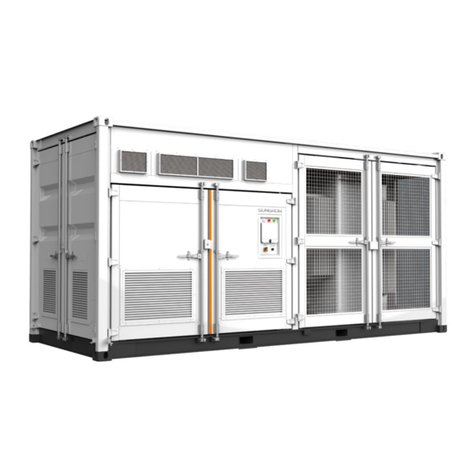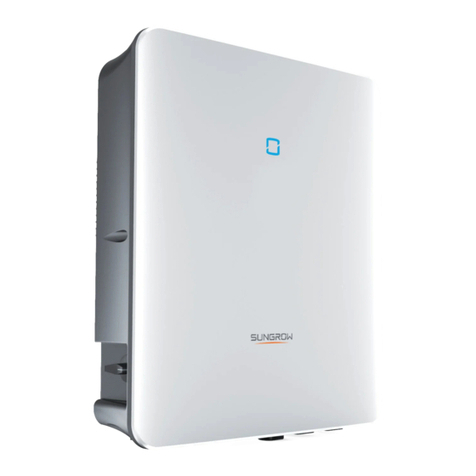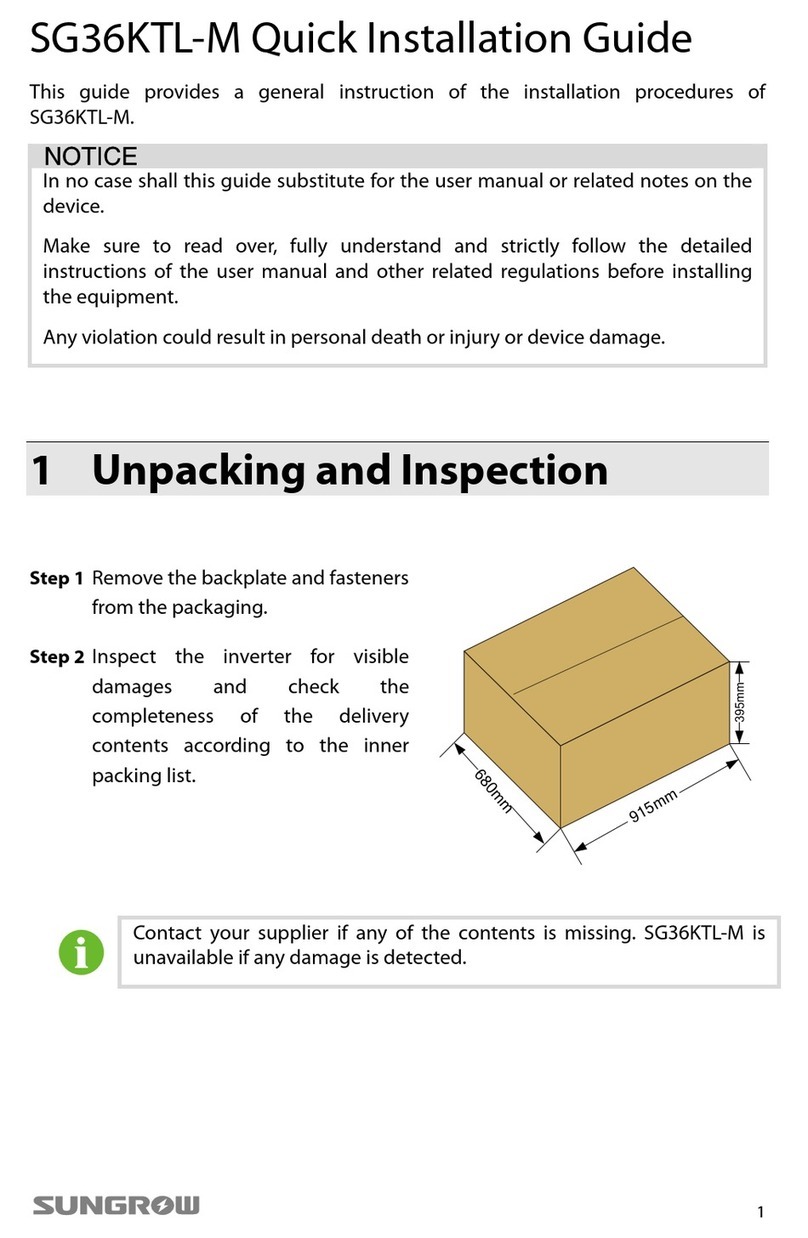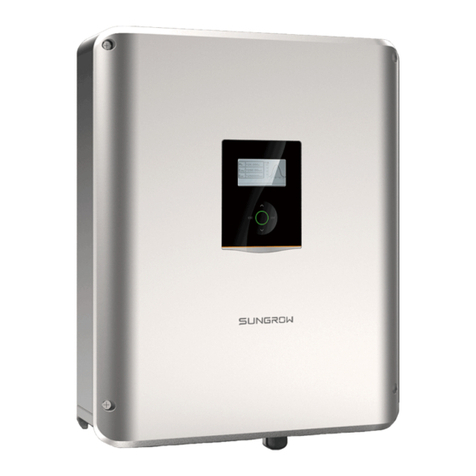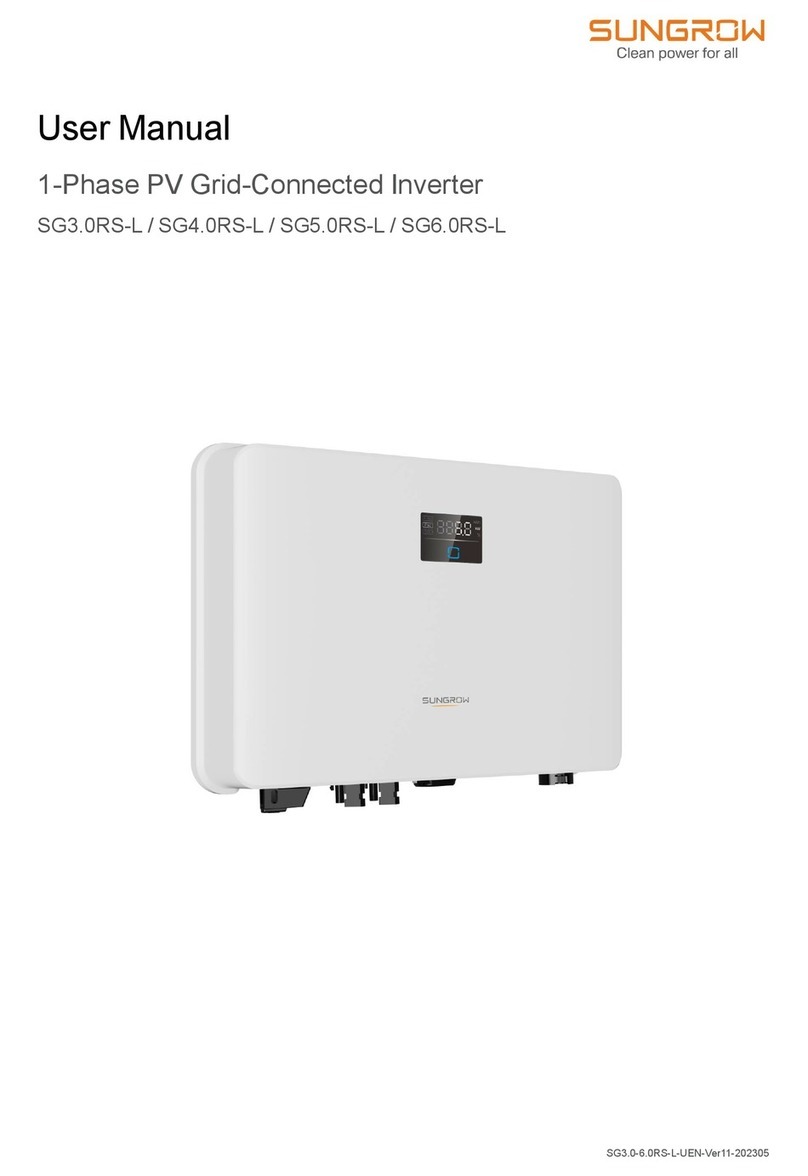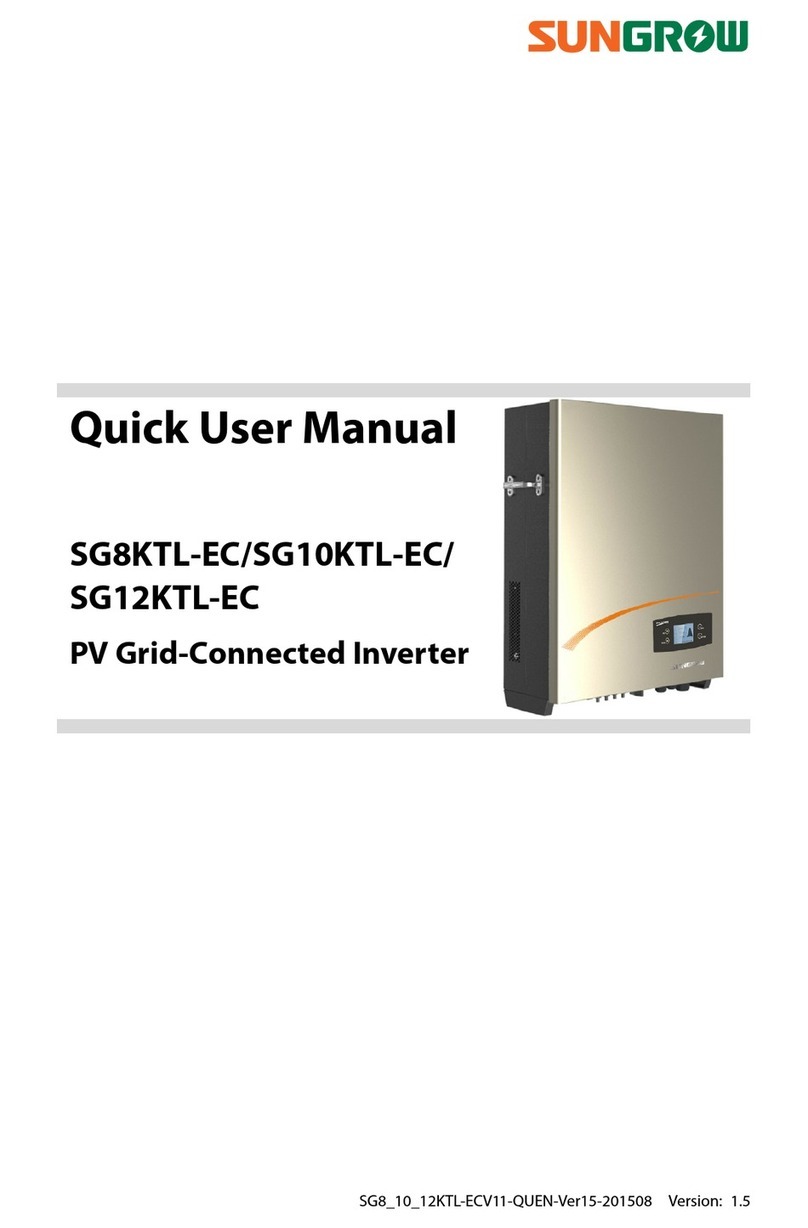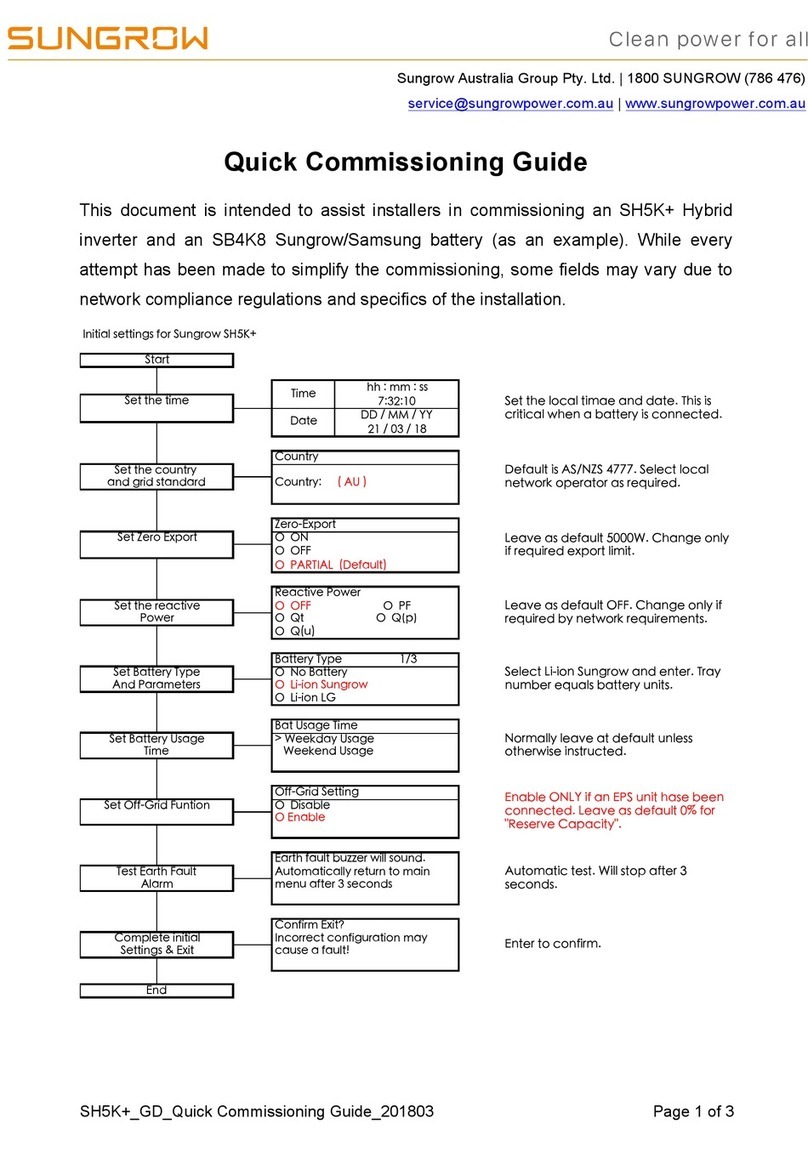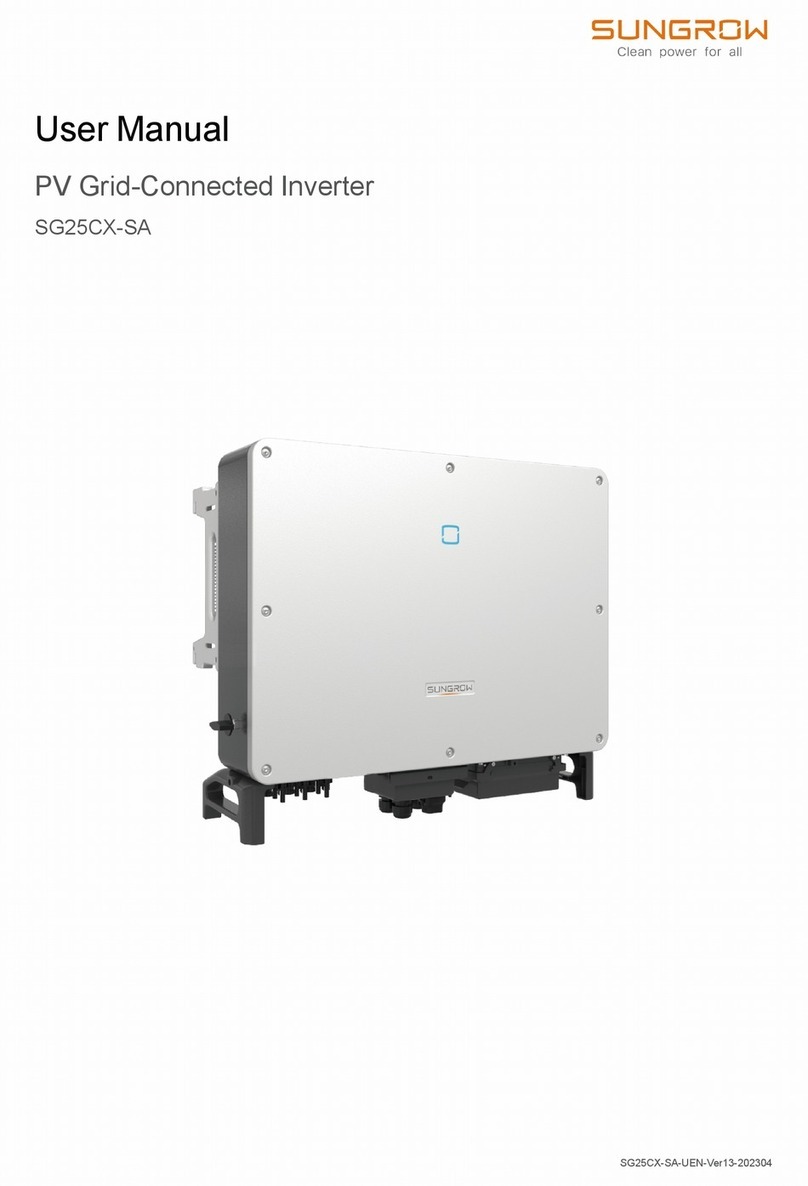
Contents
1About This Manual ...................................................................1
1.1Contents....................................................................................................................1
1.2Target Readers ........................................................................................................1
1.3How to Use this Manual.......................................................................................1
1.4Other Information .................................................................................................2
1.5Symbol Explanation..............................................................................................2
1.6Picture Explanation ...............................................................................................3
2Safety Instructions...................................................................4
3Product Description.................................................................8
3.1System introduction .............................................................................................8
3.2Demonstration of the type.................................................................................9
3.3Identifying the PVS............................................................................................. 10
3.4Fuse rating............................................................................................................. 11
3.5DC switch rating.................................................................................................. 11
4Installation Guide ..................................................................12
4.1Checking before installation........................................................................... 12
4.2Mechanical installation..................................................................................... 12
4.2.1 Dimensions............................................................................................................... 12
4.2.2 Installation site requirements............................................................................ 13
4.2.3 Preparation before Installation......................................................................... 13
4.2.4 Installation Method............................................................................................... 14
4.3Electrical installation.......................................................................................... 16
4.3.1 Internal structure.................................................................................................... 16
4.3.2 Water-proof terminals and wirings.................................................................. 17
4.3.3 Wiring preparations............................................................................................... 18
4.3.4 Input wiring and connections........................................................................... 19
4.3.5 Output wiring and connections....................................................................... 22
4.3.6 Ground wiring and connections ...................................................................... 24
